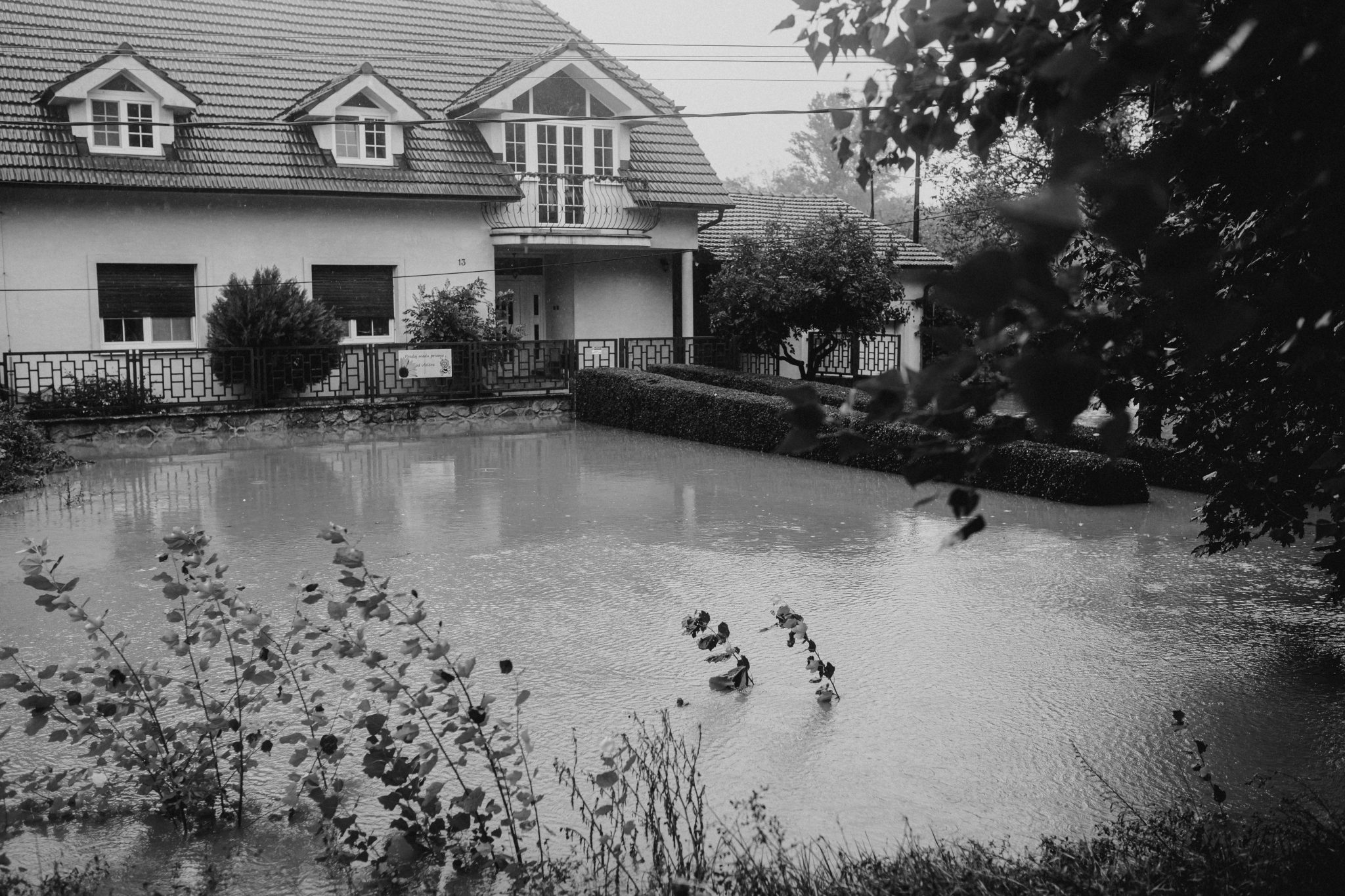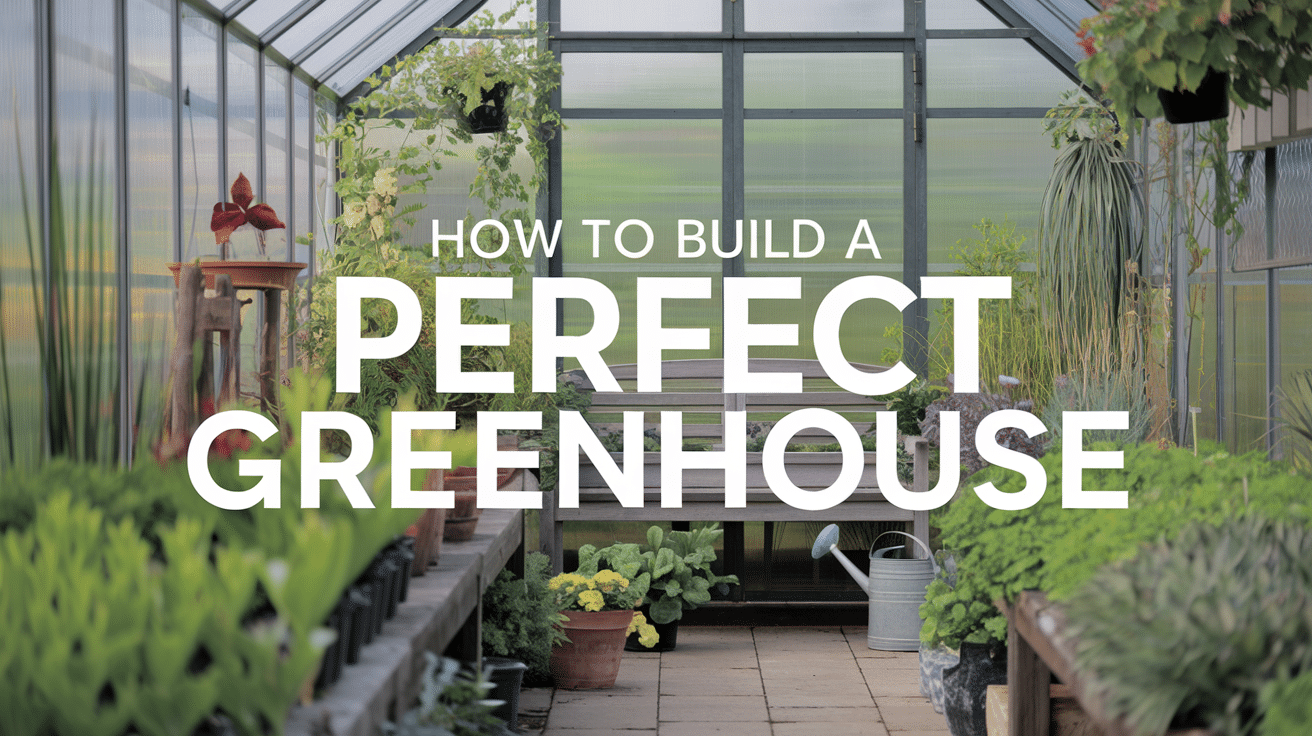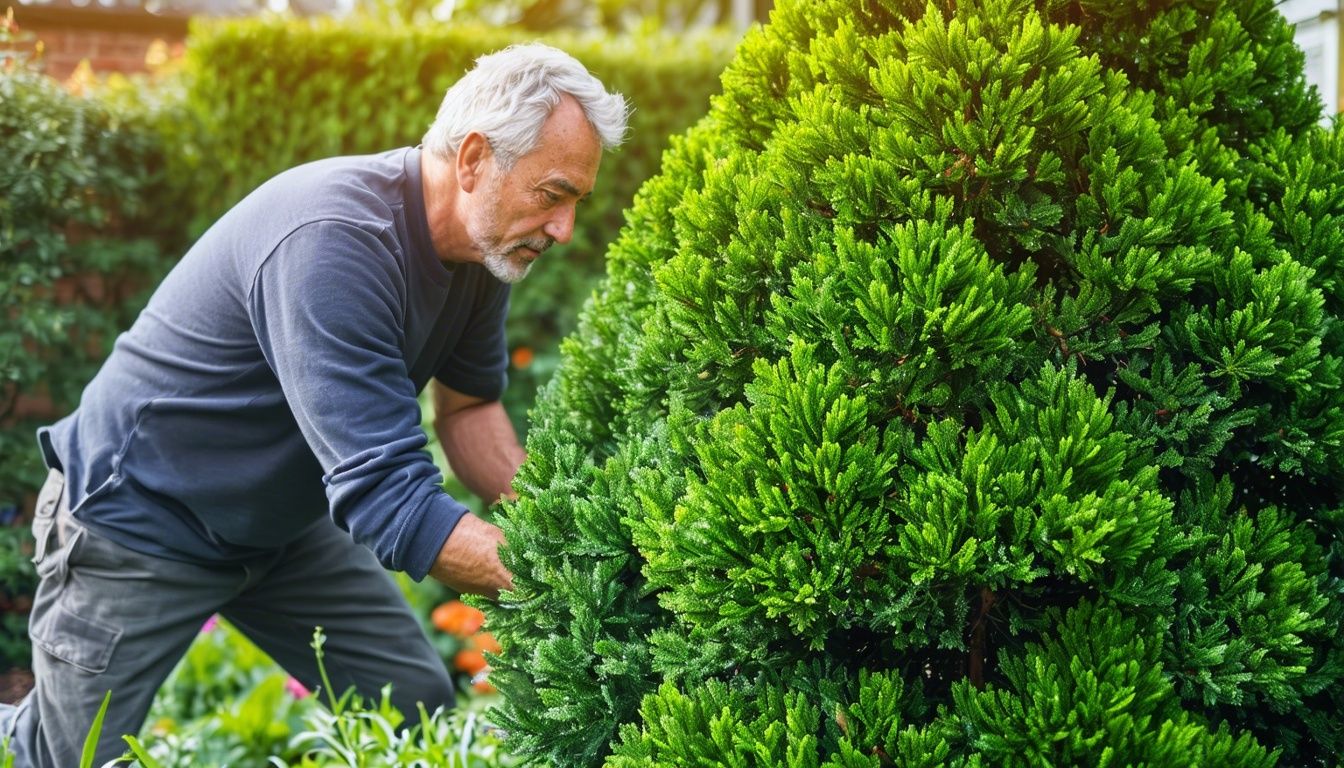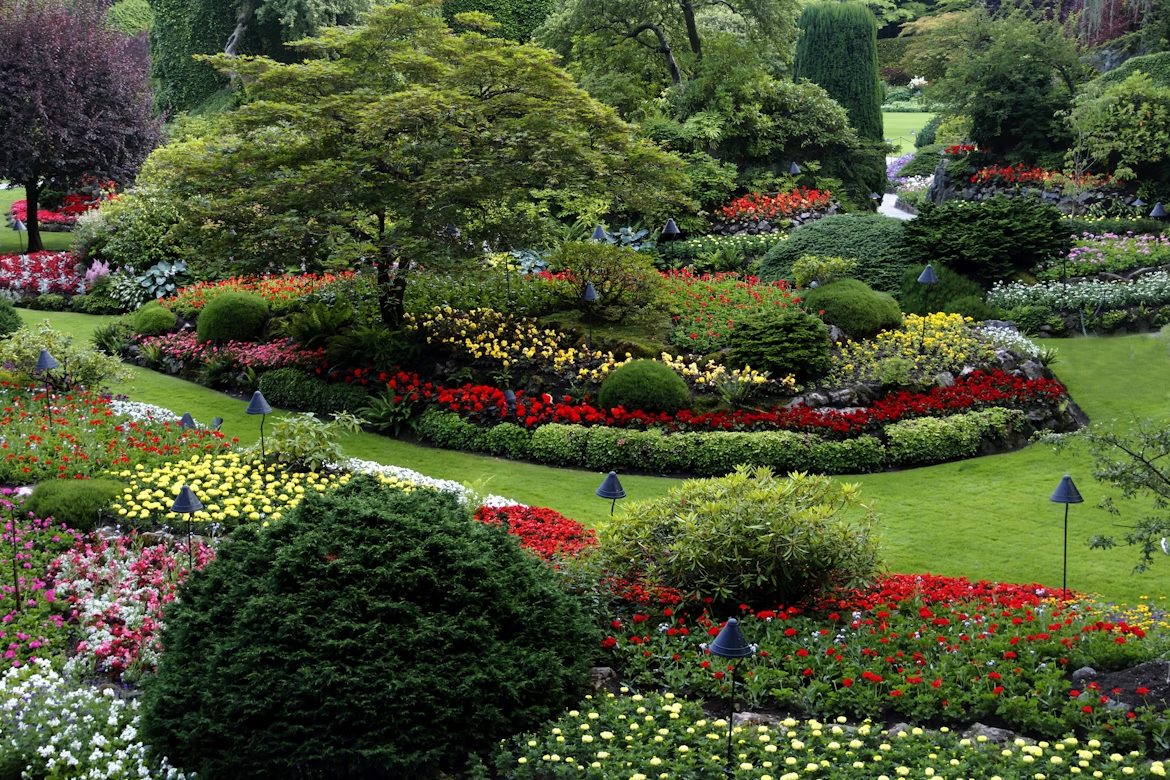The Green Guardian’s Pollinator Quest: Vinca Minor, Black-eyed Susan & Ajuga Reptans Guide
The Society for Pollinator-Friendly Gardening that already exists will give you a chance to enter a wonderful garden where the grass is more than only a green carpet that becomes the living centre of nature in which you can experience unique contact with nature without any crisis.
The pollinators act multifacetingly with different tones that attract many BB patterns, especially in a colony where the workers are meant to connect to ordinary plants as long as they get the required nectar from them.
It means a follow-up to a very big and nerve-racking one of being sure that there are no ecosystem problems in the whole surrounding world ever there. As we launch on this journey, we are introduced to three remarkable botanical allies: At this moment, a threesome of plants is depicted by Vinca Minor, Rudbeckia hirta, and Ajuga reptans.
These ‘bunch plants’ – each stem beautiful in its way but yet together still in the maintenance of the pollinators and possibly even their living space – can be a spectacular assemblage of group diversity.
Understanding Pollinators and Their Importance
The bees and butterflies, without their help, are unrecognized as nature’s silent heroes. Through cross-pollination, they support the reproduction of flowering plants and maintain ecological stability. Their permanent efforts made a great contribution to food procurement which was calculated 75% of crops that were brought to fruition because of pollination.
Bees and other pollinators are facing a crisis today, and contrary to popular belief pollinators are responsible for most of our favourite fruits, vegetables, and nuts. On the other hand, these animals, despite their importance also to human lives, are endangered by loss of habitat or use of pesticides, among others. It’s far from only nutrition share, it promotes biodiversity, and sustainability of our entire ecosystems.
Vinca Minor: The Evergreen Ground Cover
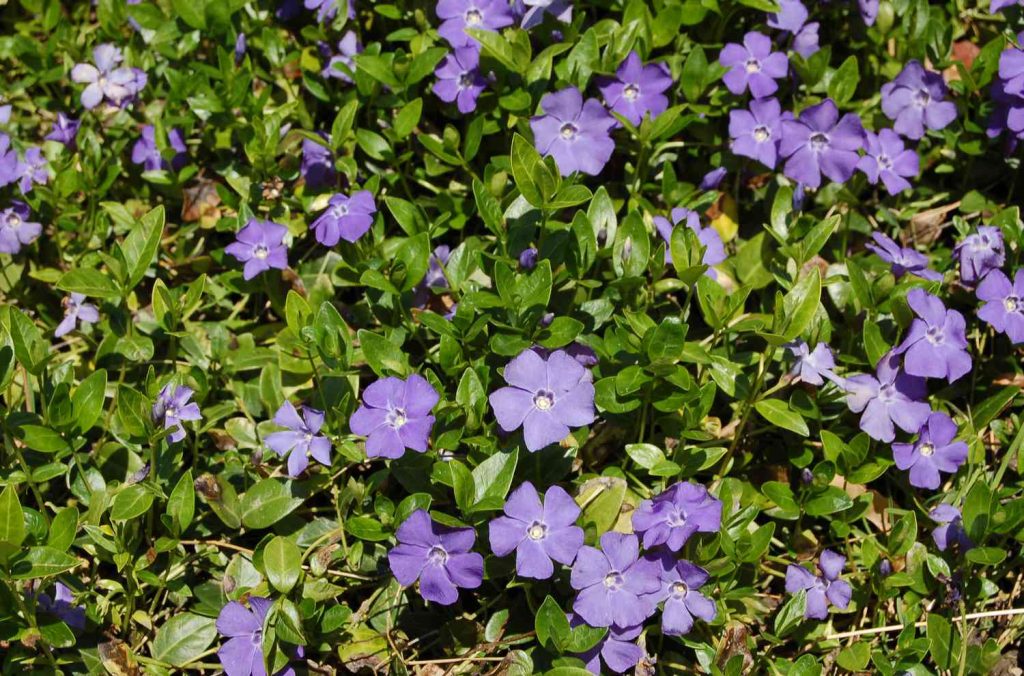
Throw yourself into Vinca Minor’s charm, accented by the bright green foliage and tiny violet-blue flowers it adorns, creating a beautiful cloth that catches the eye. Spotlight the importance of groundcover plants as they comprise a widespread and resplendent green layer, by transforming the hardest landscapes into gorgeous green refuges that are full of life.
In your representation of this plant, emphasize its adaptability. It performs well under a wide range of environmental conditions, from shady niches to sunny spaces, and proves to be a reliable company for any garden. For birds and butterflies alike, while attracting them with its delicious nectars, it becomes a gorgeous and long-time appreciated reaper of nature’s harmony through symbiosis.
The sunflower placed in the room has an eye-catching yellow colour which brings along vivid summer memories and all of a sudden fills me with happiness and contentment.
Black-eyed Susan: The Cheerful Summer Bloomer

As much as the colorful flowers can bring smiles to people, the summer bloomer will.
Black-eyed Susan plant, a sizzling symbol of the finest moment of the summer, with its champlevé golden petals and pomegranate obsidians, truly makes the hot season a memorable one.
Spilling abundantly over well-light conditions and well-drained soil, such blooms are true all-stars of the sunny garden scene, and also happen to be the favourite food for many huddles of bees and butterflies who visit us as flattering guests during hot summer months.
It is a highly flexible tool in garden design from the use of borders to wildflower meadows that add that extra layer of flair wherever it is used and thus contribute to the beautiful landscape that we all experience.
Ajuga Reptans: The Low-Maintenance Beauty
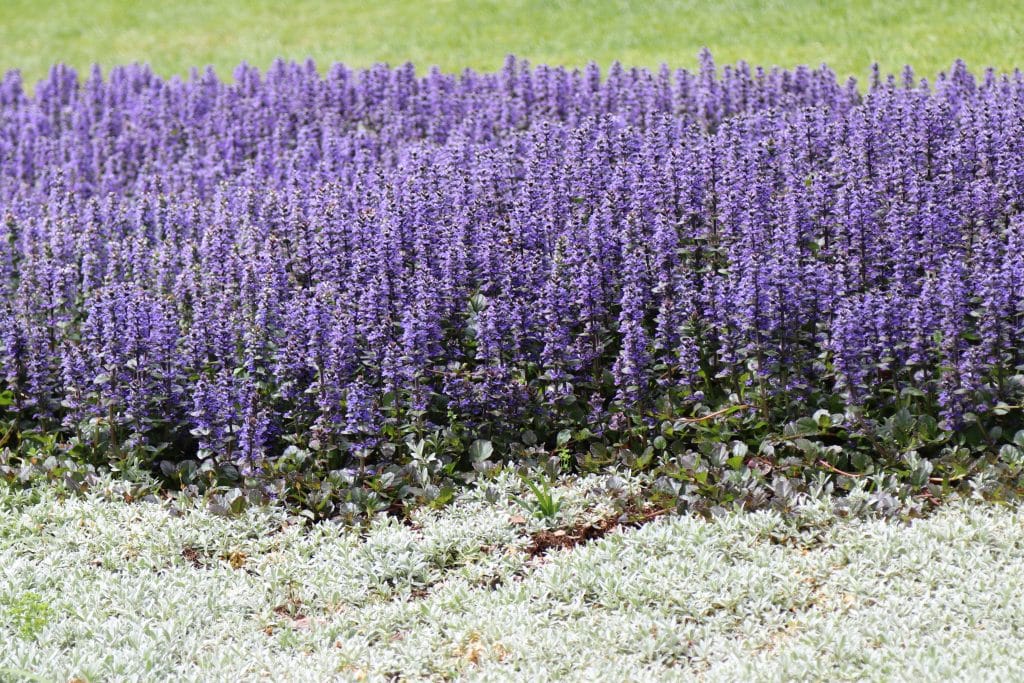
That particular plant with many potential growing sites in different soils and exposures to the light seamlessly blends into various garden habitats and bees will find abundant nectar which they use to gather with it.
This is not only a great erosion control and weed suppressing component, but also a beautifier and a resilient element making a garden beautiful, resourceful, and full of life.
Cultivating a Pollinator-Friendly Habitat

Humane use of garden green tactics like creating a habitat for pollinator populations, and recommended combinations of flowers enhances the beauty of the garden, thus not only enriching the organic and ecological nature of the plants but also attracting life in a diverse and continuous ecosystem.
Conclusion
Erecting a bee haven eventually means diversity in the community will be enhanced and ecosystems will be preserved to engage us in the beauty of nature even more.
Converting a habitat to a pollinator-friendly one with these flowers, vinca minor, Black-eyed Susan, and Ajuga Reptans, makes biodiversity richer, sustains the ecosystems, and enhances our relationship with nature.



